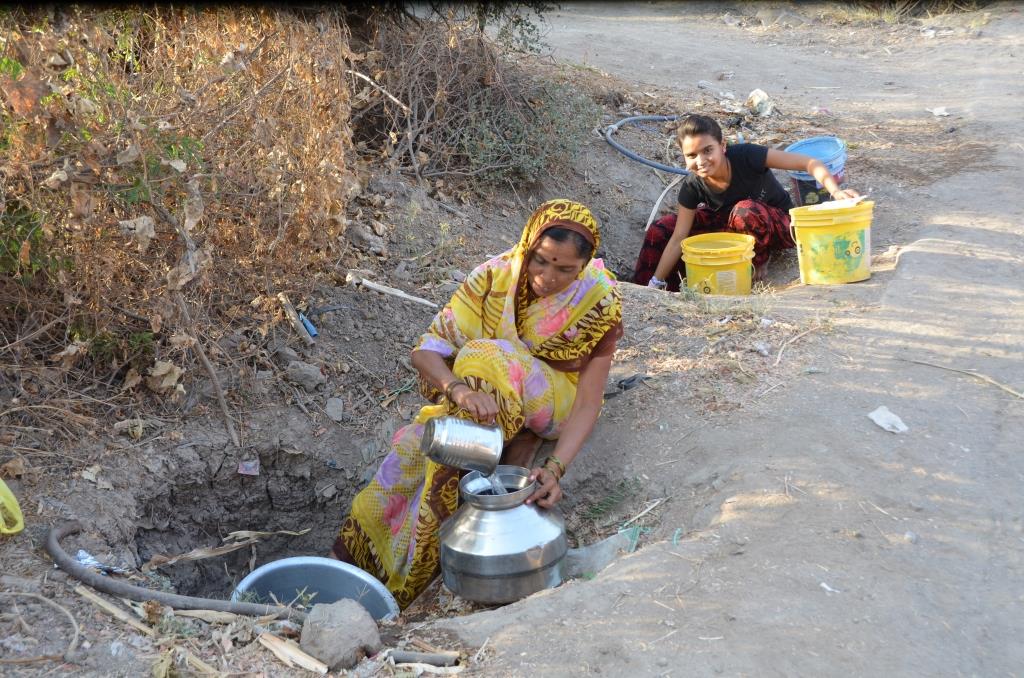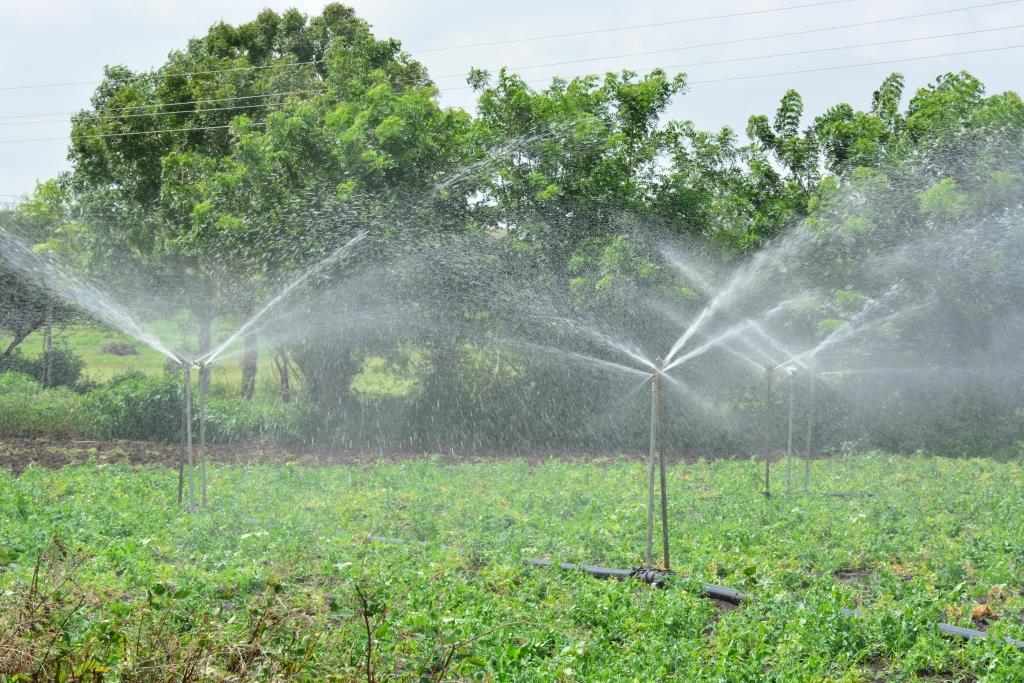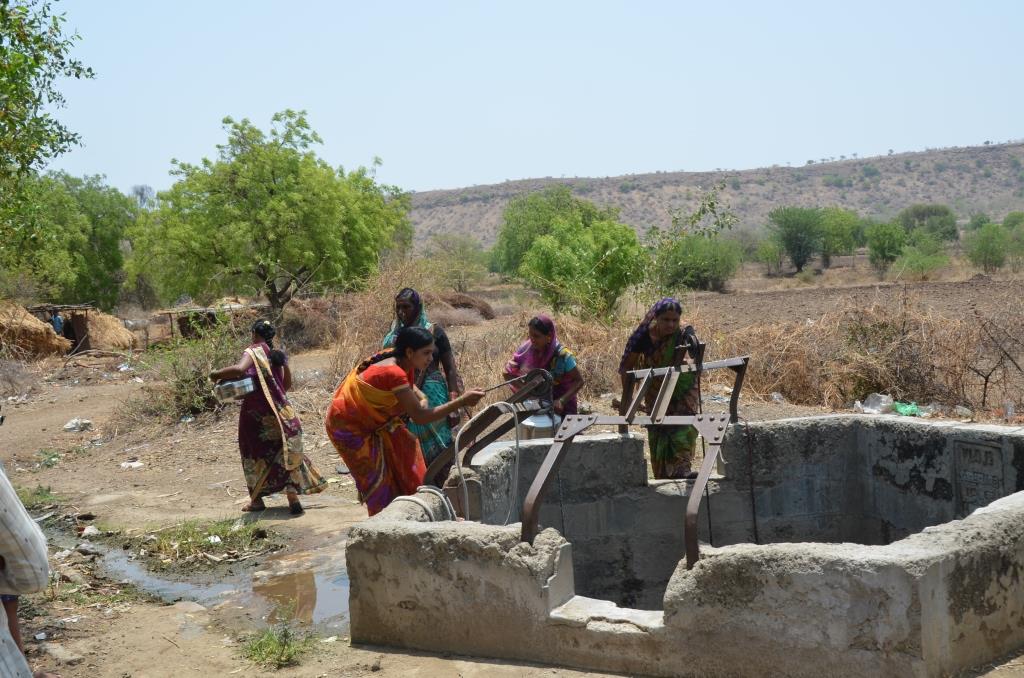The water flowing beneath the surface is the largest source of fresh water on the planet. This “hidden resource” accounts for just 0.62% of the total water and 30% of the freshwater available on earth.
It is also India’s most used water resource. Home to over a billion people, the pressure on subsurface water in the country is immense, accounting for a quarter of total groundwater extraction in the world. Groundwater extraction in India is more than the combined extraction in China and the US.
Furthermore, groundwater recharge has been adversely affected on account of disruptions in the hydrological cycle due to climate shifts. All of this translates into more than a third of India’s population living in water-stressed areas, a number set to increase with intensifying climate impacts and accelerated urbanisation.

Water availability, or the lack of it, is a cross-cutting issue. Given the interlinkages between water, environment and socio-economic well-being, the challenges in groundwater resource management are complex and multifold. Some of these include:
Unregulated extraction
Groundwater, regarded as a “common pool resource”, has historically witnessed little control over its extraction. Driven by a rising population, urbanisation and expansion of irrigation activities, groundwater extraction has been on the rise for several decades.
Triggered by the Green Revolution, groundwater use has exploded in India since the 1970s. Availability of cheap electricity shifted farmers’ dependency from surface water to groundwater. For instance, of the total irrigated area in Punjab, only 26.2% is irrigated by surface water. This, despite five rivers flowing through the state.
The continued extraction has led to a low recharge rate evidenced by the rise in the stage of extraction of groundwater. [6]. Data shows that the stage of extraction in India has disturbingly increased from 58% to 63% over 13 years. A closer look reveals that the number has exceeded the 100% mark in 13 states/UTs. The state of affairs compels urgent action to improve groundwater management through increased awareness supported by system-wide action.
Excessive irrigation
Irrigation alone accounts for 90% of the total groundwater used in India today. Groundwater irrigation popularised in the 1970s has led to socio-economic well-being, increased productivity and better livelihoods.
However, it may not be sustainable in the long term. Even with climate-friendly choices (such as solar-powered pumps), there is a minimal direct effect on groundwater levels which are hitting a low at a rapid rate.

Conservation and management of soil and water are central to groundwater recharging. But with the lack of a “comprehensive and integrated land use planning” framework, effects are seen in declining water tables.
A cursory understanding of the effects of changes in the terrestrial biosphere makes matters worse. For example, while land-use changes such as converting rangelands into agricultural ecosystems may increase groundwater recharge, it comes at the expense of groundwater quality. There is thus a need for better agriculture planning and land use management. This would be crucial to improving both groundwater quantity and quality.
Poor knowledge of groundwater management systems
The mismatch in demand and supply at the local level represents a large part of the problem in India. The reasons behind this are multifaceted and may be less direct than say, a rising population or rampant urban development. For example, better economic status of a population may assert more demand for water supply and distribution.
Other complications stem from a shift to individual “access” as opposed to a community model. A lack of clarity on the aquifer boundaries further makes it difficult to formulate clear guidelines for proper management of groundwater systems. Finally, as hydrologic conditions vary intricately yet considerably at the local level, centralised approaches remain limited in their reach and impact. This unequivocally transfers the responsibility to local regulatory bodies at the block level, the Panchayat and Municipality, which are well-placed to address these issues.
However, studies reveal that, the role of Panchayats in groundwater management has been negligible, or at best, casual. Even with communities empowered with governance rights and awareness, success was limited due to weak local institutions. This is primarily due to the technical incompetence and insufficient finances that affect the local bodies’ ability to address local level heterogeneity in groundwater management. Addressing this would help strengthen and scale-up pilot projects at the local level. Supported by impact assessments, such interventions would pave the way for informed, refined, and robust policy-making based on on-ground developments
Read about Water Stewards – The Champions of good water governance in rural India
Watch Jalsevak – the story of a Water Steward:
Groundwater pollution
Aside from its diminishing quantity, the quality of the remaining groundwater is a significant concern. Water quality data obtained by the Central Ground Water Board shows that groundwater in as many as 154 districts across 21 states has arsenic contamination. The quality is largely compromised on accounts of anthropogenic activities and geogenic sources. Even with the reasons know, tackling pollution at the sub-surface level is a formidable challenge primarily because of its location.
The risk gets riskier with falling water tables as water becomes more concentrated with pollutants. With demand shooting up, deeper digging is inevitable. This further raises the level of contamination as heavy metal concentration in the earth’s crust is higher than on the surface.

Additionally, surface water pollution also affects groundwater quality as pollutants at the water surface percolate through the layers of the land, contaminating groundwater, and may even alter the soil structure in case of oil leakages or spillage. With the Central Pollution Control Board identifying 351 polluted river stretches in India, managing these interconnected water systems comprehensively becomes essential.
Read more about the Groundwater Pollution issue
Climate change
The cumulative effect of all the challenges mentioned above is intensified by the climate shocks experienced by the country. The problems groundwater faces in India feeds into worsening the climate crisis, which further deepens the distress associated with groundwater availability. Disturbances in the hydrological cycle causing long spells of floods and droughts adversely affect the quality and quantity of groundwater. For example, flood events risk increased runoff of chemicals and biotic contaminants into groundwater.
Long period of droughts can lead to aquifer depletion, which may take 3 years to recover. However, in case of excessive pumping in such areas, recovery may take longer. Additionally, heavy subsidies on irrigation pumps and access to cheap electricity contribute substantially to the overall emissions from the agriculture sector, which is the second-most emitting sector in the country. Despite schemes and subsidies for the adoption of solar pumps, diesel-based irrigation pumps account for 8.8 million units. This is excluding the 20.3 million units that are connected to a primarily fossil-fuel driven electricity grid. This only exacerbates the climate vulnerabilities India faces now and in the future.
In essence, critical issues surrounding heterogeneity in groundwater conditions need overarching solutions while keeping the Indian socio-economic context in view. Informed policy-making based on comprehensive understanding supplemented with an integrated approach where every entity takes responsibility for groundwater management would prepare the groundwork for a water-secure future.





